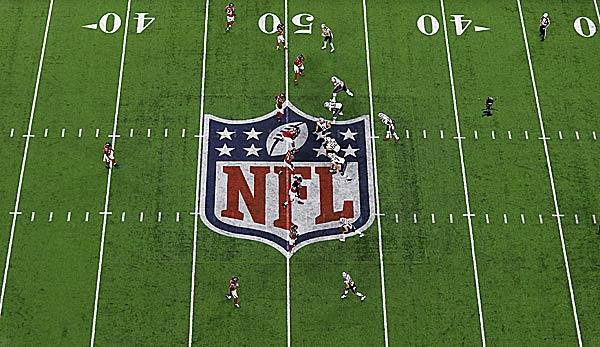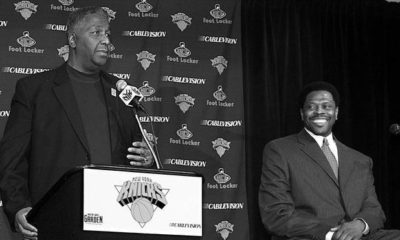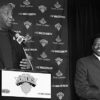US-Sport
NFL: Pick Play, Play Action, Mesh, RPOs – Pass concepts explained
How does a passport concept work in the NFL? What exactly is the route tree, how do the routes of the receivers work together – and which pass concepts are currently seen in almost every NFL game? SPOX dives into the passing game and the Playbooks.
No matter how you turn it around: Passing dominates today’s NFL. The league is increasingly opening up to former “college elements” such as run pass options; at the same time, 3 and 4 receiver sets and spread formations have long been the norm, as has defensively the nickel formation with three instead of two cornerbacks in response.
As a result, the run game becomes less and less important in the overall view, at least when it comes to which factors statistically determine victory and defeat. A good run game still helps a team in various ways, but the influence of passing on the outcome of an NFL game is many times greater.
This is also due to the fact that passing efficiency is on a constant advance, while the 32 teams have set several lows for average runs per team per game in recent years. Much of it goes back to the legendary Bill Walsh, who in times when the run game was the first means of choice for almost every coach, always emphasized that space gain is space gain – no matter whether it comes via a pass or via a run.
But what does the passing game in the NFL look like today? Which concepts shape the picture, which plays can be admired regularly on Sundays starting this September? SPOX dares a schematic excursion into the playbooks of the NFL.
Before you go deeper into the plays, the route combinations and certain tricks and tricks, the base has to stand first. And this is still the basis for every football player who has anything to do with passing. We’re talking about the route tree:
Regardless of the scheme and the playbook, in most cases this is the starting point and one or the other route may be familiar to most people.
The slant-route, for example, is, to stay with Bill Walsh, a very central game in the West Coast offense and can be thrown fast (one step drop of the quarterback) or a little delayed (3 step drop). Usually the running back runs a few steps forward before it pulls inwards. Slot receivers such as Larry Fitzgerald or Jarvis Landry run this route extremely frequently, and in the offenses based on the West Coast Offense – such as the Green Bay Packers – you can also see the slant-route several times per game.
The post-route goes deep and targets approximately the goal post, the corner route the corner of the end zone. The go-route is simply a vertical route and the out-route requires special precision and arm strength from the quarterback. Otherwise, the cornerback may undermine the throw and catch the ball.
Trademark:
That’s how the concept works:
Stack, bunch and diamond formations make it more difficult for defenders to follow a specific opponent directly from the snap, as they have no clear access to their opponent and may have to work their way past other receivers. This is all the more true when the offense plays switch releases from these bunch formations.
This gives receivers an advantage directly at the snap: If the receivers are so tightly packed, it is almost impossible for the defense to play press coverage. The switch release can cause additional confusion in coverage right from the snap and is a first hurdle for the defenders before the receiver has made any special cut.
Bunch formations are so unpleasant to defend in man coverage, against zone coverage the offense can force the defense to match the formation at least a little – or attack a coverage zone with several players.
In addition to the already mentioned increased difficulty level for a defense in man coverage in tracking players across the field, the mesh concept also opens up potential spaces for long passes: Since the linebackers in zone coverage are forced to defend the short routes and move even closer to the line of scrimmage, large spaces are created between the linebackers and the safeties.
The Eagles used the mesh concept in various variations – including the mesh wheel variant – excessively in the past season, including the Super Bowl. Even more unpleasant for the defense is when mesh concepts are extended with play action, or, for example, one of the two mesh receivers runs an option route and can still react to the behavior of the defense during play.
Page 1: Route Tree, Bunch Formation, Switch Release, Mesh Wheel, Pick
Page 2: Hi-Lo Crosser, Run Pass Options, Motion and organized chaos


















You must be logged in to post a comment Login